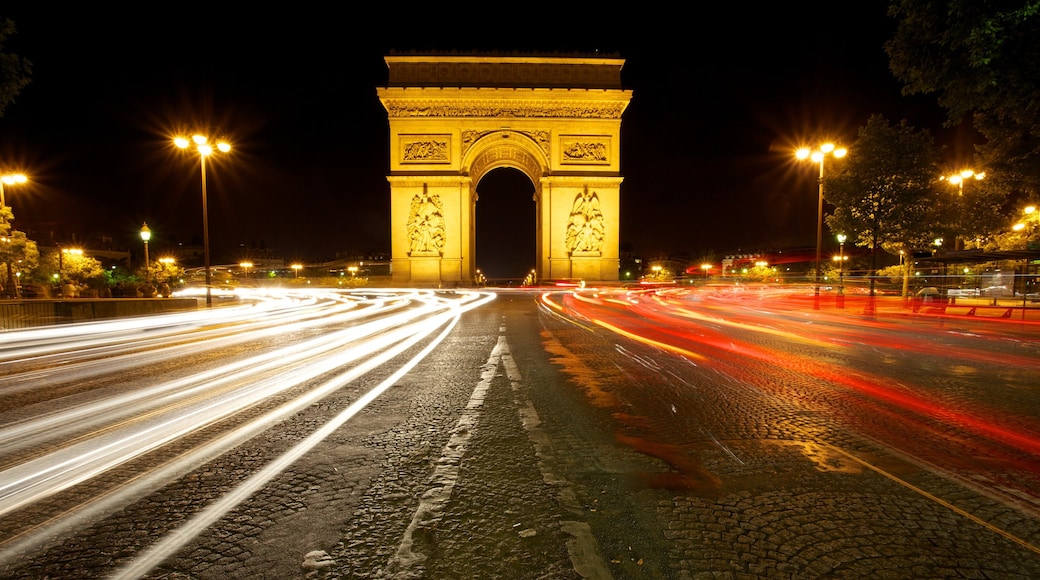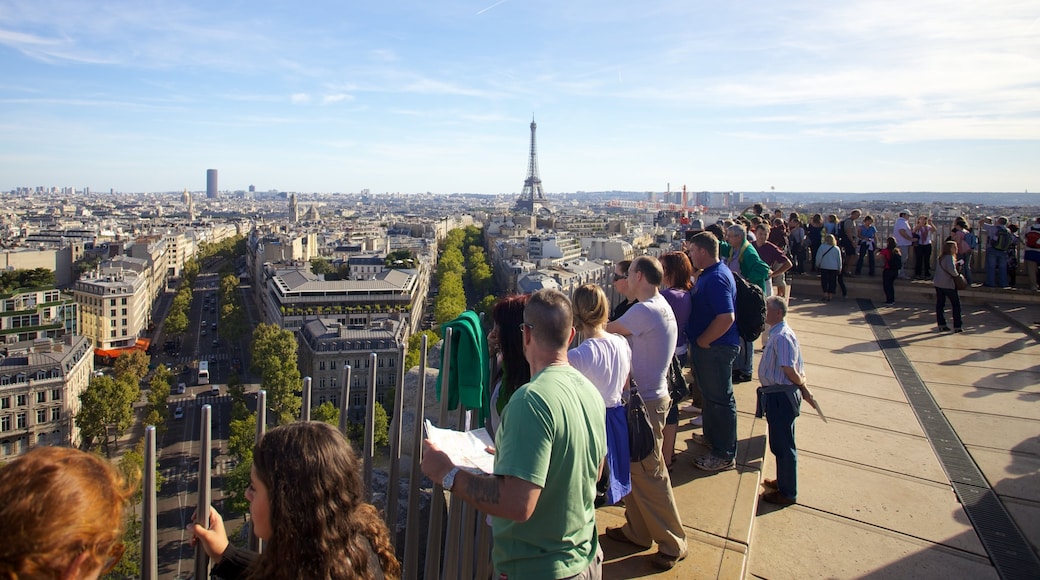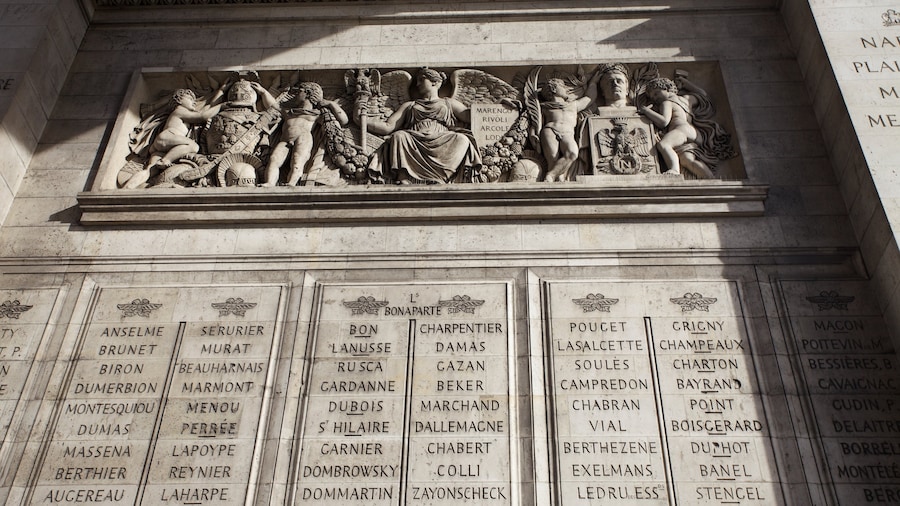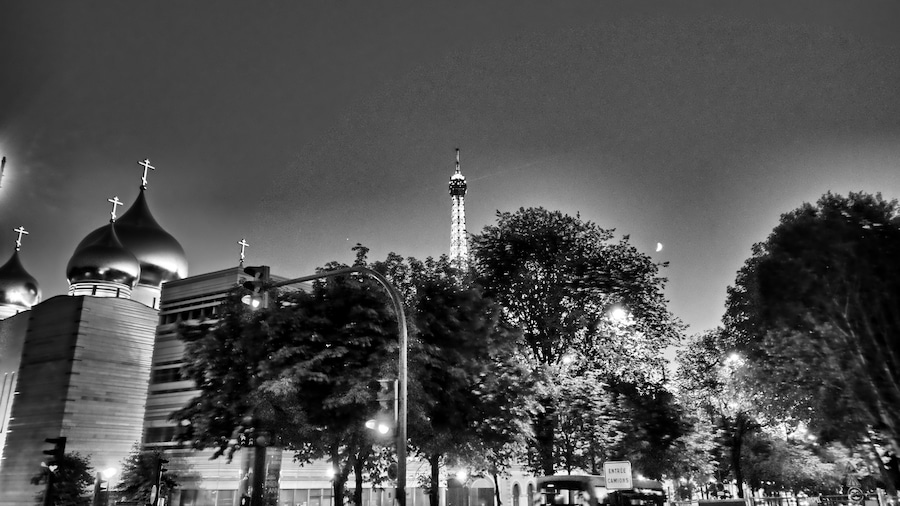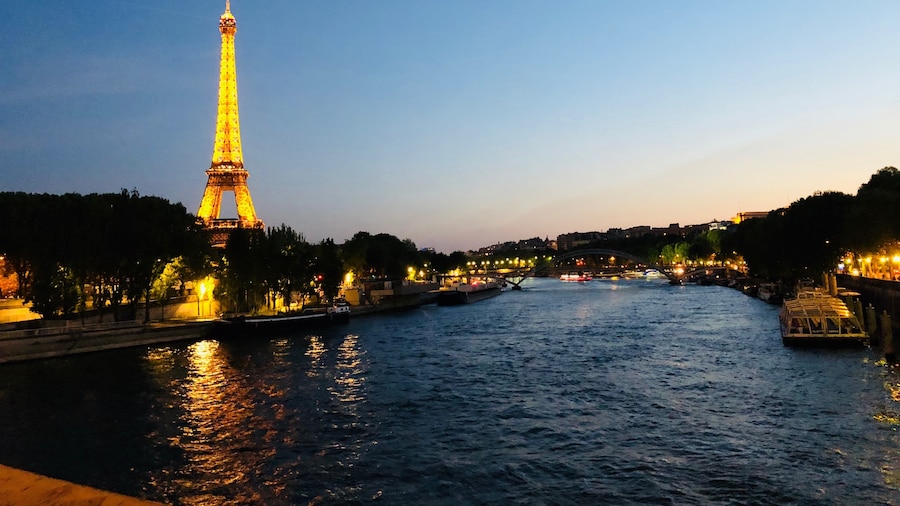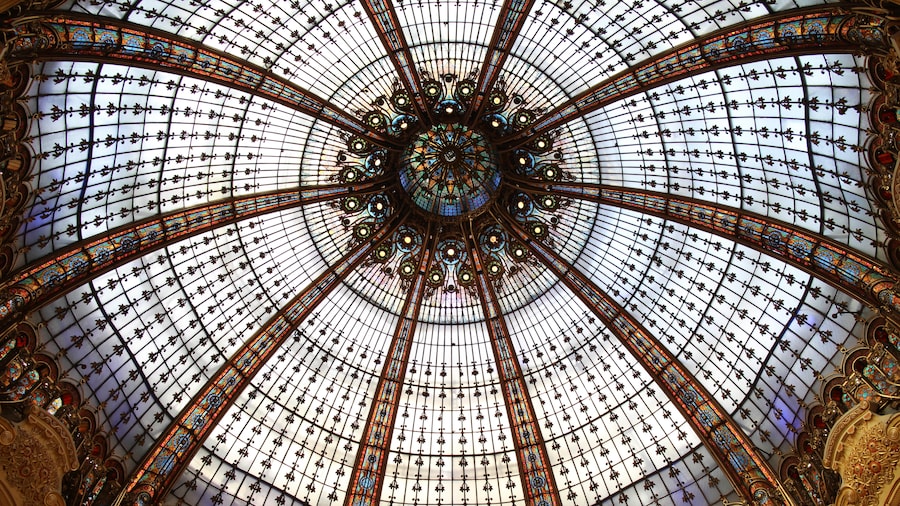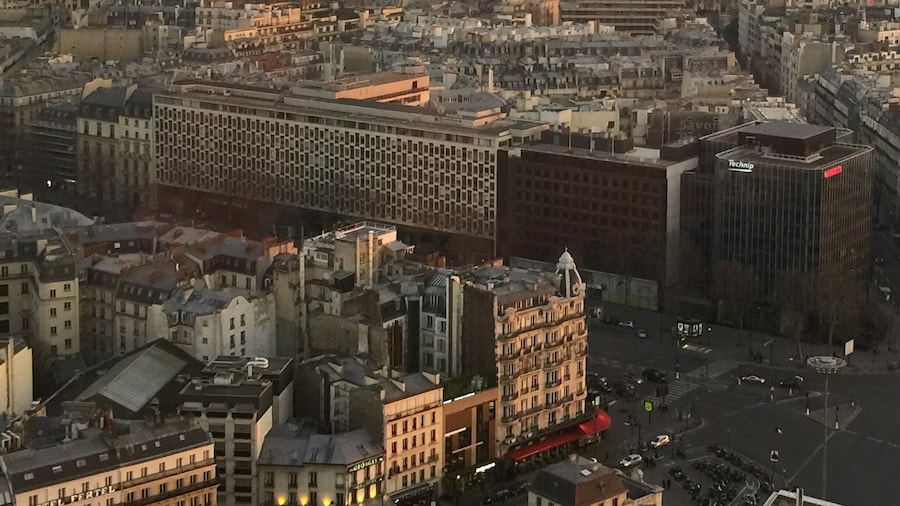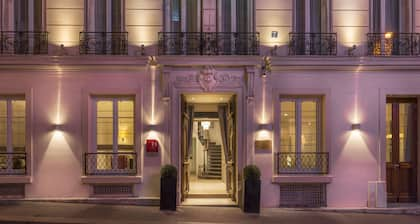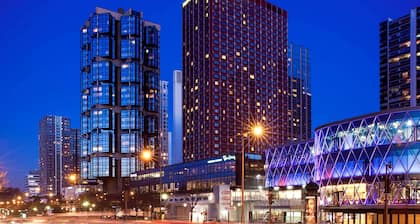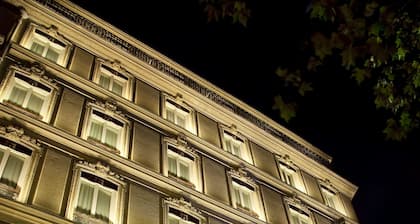약 50미터 높이에 달하는 개선문 위에서 내려다본 파리의 모습도 아름답지만 개선문 아래에서도 볼거리는 매우 많습니다. 개선문은 샹젤리제(Champs-Élysées) 등 12개의 직선 거리가 서로 교차하며 파리의 "별"을 형성하고 있는 샤를 드골(Charles de Gaulle) 광장에 서 있습니다.
파리 중심에 있는 번잡한 교차로에 자리 잡고 있기는 하지만 그림처럼 아름다운 샹젤리제를 통해 도보나 차를 이용하여 개선문에 도착하실 수 있습니다. 개선문 주변에는 안전한 거리에서 개선문의 건축 양식과 장식을 감상할 수 있는 보행자 전용 공간도 충분히 마련되어 있습니다.
개선문 꼭대기에 올라가려면 입장료를 내야 하며, 284개에 달하는 계단을 통해 걸어 올라갈 수도 있고 엘리베이터를 이용하실 수도 있습니다. 꼭대기에는 박물관과 기념품 가게가 있고 아래로는 샹젤리제가 내려다보입니다. 파리의 여러 건물과 조경물에 불빛이 들어오기 시작하는 초저녁의 주변 거리 풍경은 특히 더 아름답습니다.
개선문 아랫부분을 관람하는 것은 무료입니다. 개선문은 네 개의 거대한 기둥이 누마루를 받치고 있는 구조를 이루고 있으며, 1919년에는 한 조종사가 비행기를 몰고 통과한 적이 있을 정도로 아치 모양의 공간이 큽니다. 1920년에 한 무명용사의 시신이 이곳에 매장되었고 1923년에는 제1차 세계대전으로 목숨을 잃은 사람들을 추모하며 영원히 꺼지지 않는 불꽃을 만들었습니다. 불꽃은 매일 오후 6시 30분마다 점화합니다.
개선문은 조국을 위해 싸우다 죽은 사람, 특히 나폴레옹 전쟁에서 전사한 사람들을 기리기 위한 기념물입니다. 안쪽과 꼭대기에는 여러 전투와 이러한 전투에 참전한 558명의 장군에 대한 자세한 내용이 새겨져 있습니다. 네 개의 기둥 각각은 양각으로 장식되어 있습니다. 그중 가장 유명한 것은 프랑수아 뤼드(Francois Rude)의 1792년 의용군의 출발(The Departure of the Volunteers of 1792)입니다. 이 작품에는 자유라는 이름 아래 조국을 지킬 준비가 되어 있는 일반적인 프랑스 국민들의 모습이 묘사되어 있습니다. 여기에는 애국심이 너무나도 압축적으로 표현되어 있어 프랑스의 국가를 인용하여 라 마르세예즈(La Marseillaise)라고도 부릅니다.
개선문은 나폴레옹 1세가 1806년 아우스터리츠에서 승리한 기념으로 세운 것입니다. 나폴레옹 1세는 군사들에게 "승리의 문을 통해 고국으로 돌아오게 될 것이다"라고 약속했지만 1836년에 개선문이 완공되기 전 세상을 떠났습니다.
개선문은 파리 우안 16구에 위치해 있습니다. 개선문은 매일 문을 열지만 구경거리가 가장 많은 날은 바로 7월 14일 프랑스 혁명 기념일입니다. 프랑스 혁명 기념일 행진이 샹젤리제를 가득 채우고, 개선문에 거대한 깃발도 게양되므로 멋진 사진도 찍으실 수 있습니다. 개선문은 버스, 지하철, 기차, 도보로 쉽게 찾아가실 수 있습니다. 차량을 이용하실 경우 주차할 곳을 찾기 힘드실 수도 있습니다.
